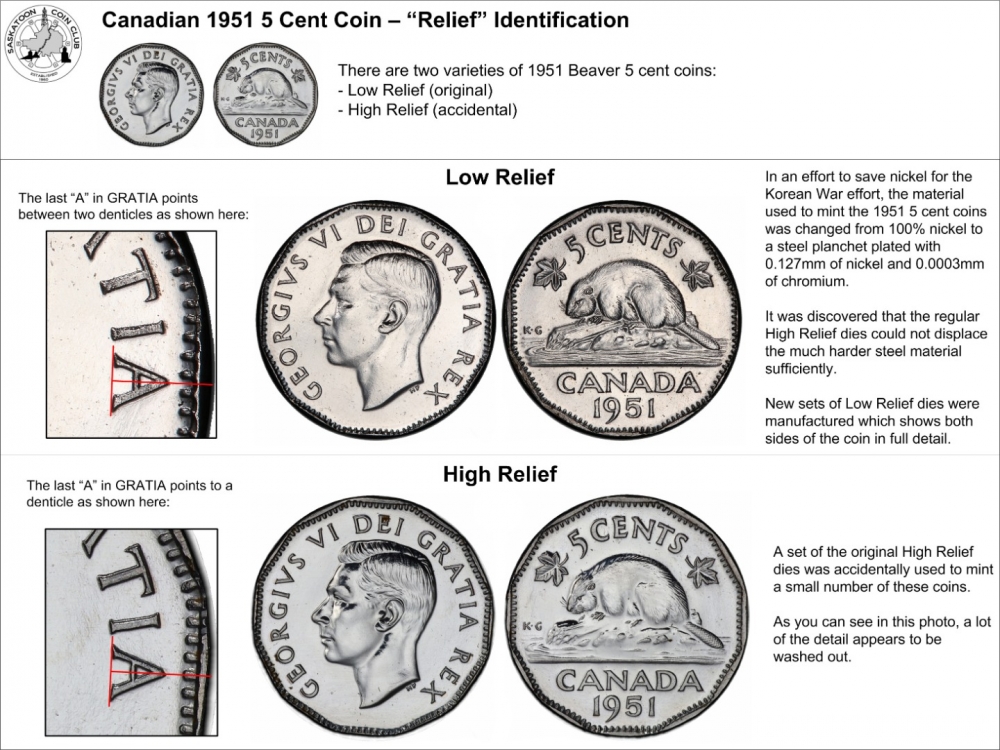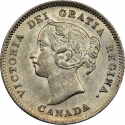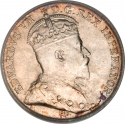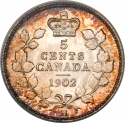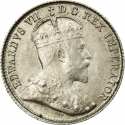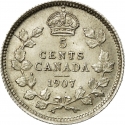You are about to finish your registration. Please check your mailbox (including spam folder). There should be a letter with a confirmation link. Check setting to make sure that your e-mail address is correct.
Send letter againDescription
For the 1951 standard Beaver design, in the attempt to increase die life a few minor changes were made to the dies. The relief needed to produce the Queen's image was reduced (made shallower) and the beads were made smaller.
The primary way to tell the difference is to look at the "A" in "GRATIA". On the High Relief coins the top of the "A" points to a rim denticle, whereas on the Low Relief coin it points between two denticles.
Obverse

|
Bare head of George VI facing left, surrounded by the legend, an abbreviated translation of “George VI, by the Grace of God, King”. GEORGIVS VI DEI GRATIA REX |
|---|---|
Reverse

|
Depicts a beaver (left) on a rock in a river, over the country name and date, facial value above, flanked on both sides by a maple leaf. 5 CENTS |
| Edge |
Characteristics
| Material | Chrome Plated Steel |
| Weight | 4.54 g |
| Diameter | 21.234 mm |
| Thickness | 1.7 mm |
| Shape |
|
| Sides | 12 |
| Alignment | Medal |
| Mint |
Royal Canadian Mint (RCM)
|


